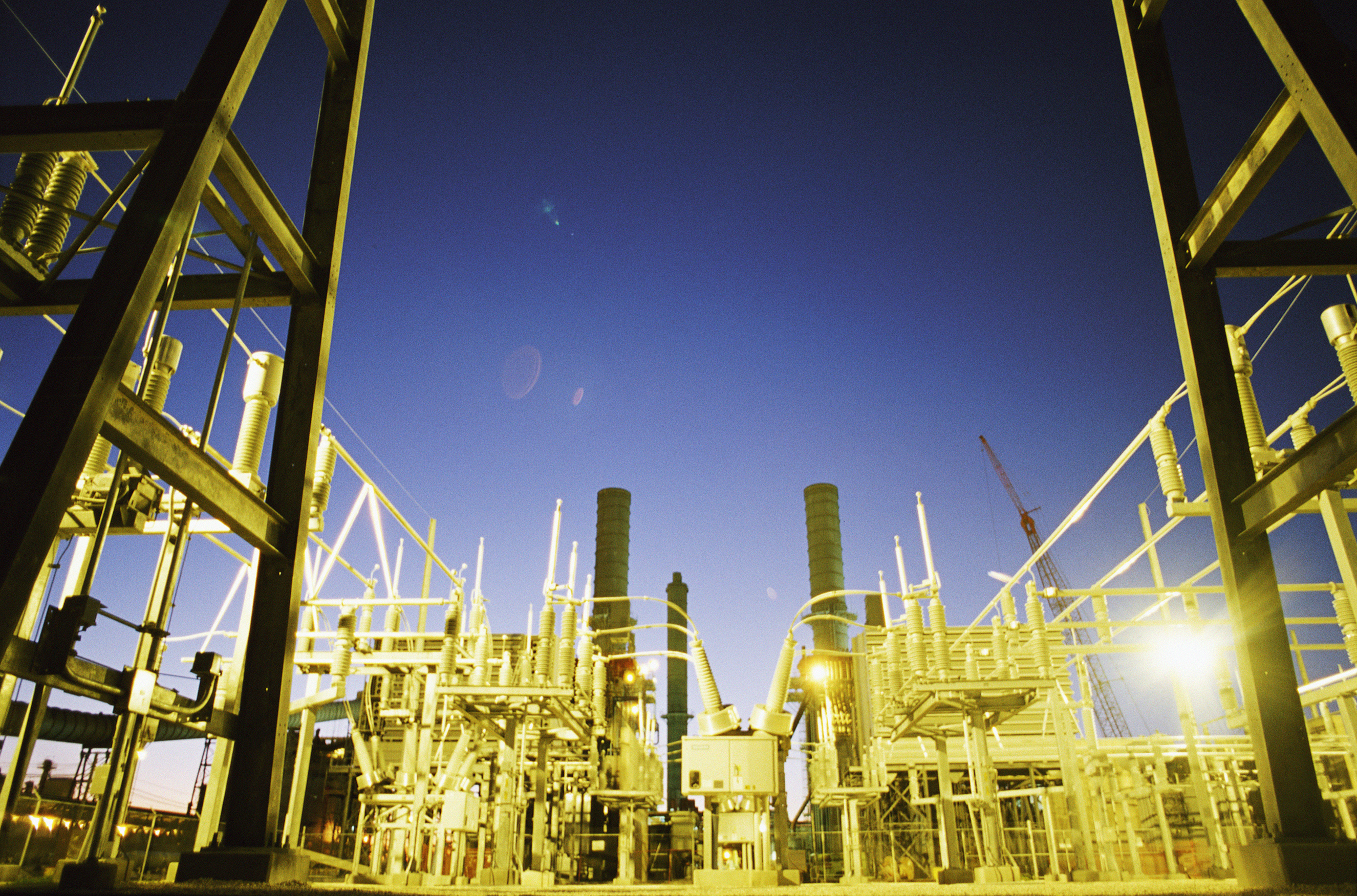Even without a Green New Deal, the sweeping set of climate-related initiatives many Democrats are pushing for, President-elect Joe Biden will have plenty of opportunities to move ahead with much of the ambitious energy transformation plan as part of any infrastructure or stimulus package.
Should Republicans manage to maintain control of the Senate, there are still several opportunities to build climate-friendly policies into the infrastructure and stimulus bills Congress will be pushing through as its first orders of business, according to experts, investors and advisors to the President-elect.
That’s good news for established companies and the wave of startups focused on technologies to reduce greenhouse gas emissions that cause global climate change. And these changes could happen despite intransigence from even moderate Republicans like Mitt Romney on climate issues.
“I think people are saying that conservative principles still account for a majority of public opinion in our country,” Romney said on “Meet the Press” last week. “I don’t think they want to sign up for a Green New Deal. I don’t think they want to sign up for getting rid of coal or oil or gas. I don’t think they’re interested in Medicare for All or higher taxes that would slow down the economy.”
Already, current market conditions are forcing some of the largest oil, gas and energy companies to transition to renewables. As those companies begin closing refineries in the U.S., Congress is going to feel increasing pressure to find a way to replace those jobs.
For instance, Shell announced earlier this month in Louisiana that it was closing a factory and laying off roughly 650 workers. The closure is primarily due to declining demand for oil brought about by the COVID-19 pandemic, but both Netherlands-headquartered Shell and its U.K.-based counterpart BP believe fossil fuel consumption may have reached its peak in 2019 and is headed for long-term decline.
U.S. oil and gas giants aren’t immune from the economic impacts of COVID-19 and a global shift away from fossil fuels either. Two of the largest companies, Chevron and ExxonMobil, have seen their share prices decline over the past year as the oil industry reckons with steep reductions in demand and other market pressures.
Meanwhile, some of the nation’s largest utilities are working to phase out fossil fuel-based power generation.
The markets are already supporting the transition to renewable energy, without much government guidance, at least here in the U.S. So against this backdrop, the question isn’t if the government should be supporting the transition to renewable energy, but how quickly stimulus can be mobilized to save American jobs.
“A lot of the really consequential climate-related stuff that’s going to come out in the [near term] … won’t actually be related to renewables,” an advisor to the President-elect said.
So the questions become: What will economic stimulus look like? How will it be distributed? and how will it be financed?

Image Credits: Artem_Egorov/Getty Images
Economic stimulus, COVID-19 and climate
President-elect Biden has already spelled out the first priorities for his incoming administration. While trying to manage the COVID-19 pandemic that has already killed over 238,000 Americans comes first, dealing with the economic fallout caused by the response to the pandemic will quickly follow.
Climate-friendly initiatives will loom large in that effort, analysts and advisors indicate, and could be a boon to new technology companies — as well as longtime players in the fossil fuels business.
“If we are going to be spending that money, there is an enormous opportunity to make sure that these investments are moving us forward and not recreating problems,” said one advisor to the Biden campaign earlier this year.
To understand how the trillions of dollars that are up for grabs will be spent, it’s helpful to think in terms of short-, medium- and long-term goals.
In the short term, the focus will be on “shovel-ready” projects that can be spun up as quickly as possible. These would be initiatives like environmental retrofits and building upgrades; repairing and upgrading water systems and electricity grids; providing more manufacturing incentives for electric vehicles; and potentially boosting money for environmental remediation and reclamation projects.
In all, that spending could total $750 billion by some estimates and would be used to get Americans back to work with a focus on industrial and manufacturing jobs that could have long-term benefits for the national economy — especially if that spending targets the government-designated Opportunity Zones carved out around the country to help low-income rural and urban communities.
If these efforts incorporate Opportunity Zones, there’s a chance to deploy the cash even faster. And if there are ways to preferentially rank infrastructure projects that also include a tech component, then that’s even better for startups who have managed to overcome hurdles associated with technology risk.
“Any time you craft policy, especially federal policy, you have to be so careful that the incentives line up correctly with what you’re trying to achieve,” said a Biden advisor.
Medium- and longer-term goals will likely require more time to plan and develop, because they’re relying on newer technologies in some cases, or they will have to wind their way through the planning process at the local and state levels before they can receive federal funds to begin construction.
Expect another $60 billion to be spent on these projects to finance development, workforce training and reskilling to prepare a labor force for a different kind of labor market.
Incentives over mandates
One of the biggest risks that Biden administration climate policies face is the potential for legal challenges heard before an increasingly sympathetic conservative judiciary appointed under the Trump administration.
These challenges could force the Biden team to emphasize the financial benefits of adopting business-friendly carrots over regulatory sticks.
“Whenever possible you do want to let the markets figure themselves out,” said the advisor to the President-elect. “You always want to default to incentives rather than mandates.”
Coming off of the news this week that Pfizer has received positive results for its vaccine, there are some models from the current administration’s progress on a COVID-19 vaccine that can be instructive.
While Pfizer wasn’t involved in the Operation Warp Speed program created by the Department of Health and Human Services, the company did cut a $2 billion deal with the government that guaranteed a market for its vaccines.
The type of public-private partnerships that Connecticut Senator Chris Murphy mentions could also be employed in the climate space — especially in areas that will be hardest hit by the transition away from coal.
Some of that spending guarantee could come in the form of environmental remediation for orphaned natural gas wells or coal mining operations — especially in regions of the country like the Dakotas, Montana, West Virginia and Wyoming, that would be hardest hit by a transition away from fossil fuels. Some could come from the development of new geothermal engineering projects that require the same kind of skills that engineering firms and oil companies have developed over the past decades.
And, there’s the looming promise of a hydrogen-based economy, which could take advantage of some of the existing oil-and-gas infrastructure and expertise that exists in the country to transition to a cleaner energy future (n.b., that’s not necessarily a clean energy future, but it’s a cleaner one).
Already, nations like Japan are building the groundwork for replacing oil with hydrogen fuels, and these kinds of incentive-based programs and public-private partnerships could be a big boost for startups in a number of industries as well.

Image Credits: Cameron Davidson/Getty Images
Sharing the wealth (rural edition)
Any policies that a Biden administration enacts would have to focus on economic opportunity broadly, and much of the proposed plan from the campaign fulfills that need. One of its key propositions was that it would be “creating good, union, middle-class jobs in communities left behind, righting wrongs in communities that bear the brunt of pollution, and lifting up the best ideas from across our great nation — rural, urban and tribal,” according to the transition website.
An early emphasis on grid and utility infrastructure could create significant opportunities for job creation across America — and be a boost for technology companies.
“Our electric power infrastructure is old, aging and not secure,” said Abe Yokell, co-founder of the energy and climate-focused venture capital firm Congruent Ventures. “From an infrastructure standpoint, transmission distribution really should be upgraded and has been underinvested over the years. And it is in direct alignment with providing renewable energy deployment across the U.S. and the electrification of everything.”
Combining electric infrastructure revitalization with new broadband capabilities and monitoring technologies for power and water would be a massive windfall for companies like Verizon (which owns TechCrunch), and other networking companies. It also provides utilities with a way to adjust their rates (which they appreciate).
Those infrastructure upgrades are also useful in helping utilities find a way to repurpose stranded coal assets that are both costly and —…
















